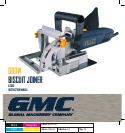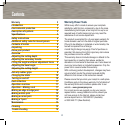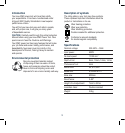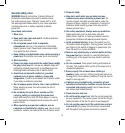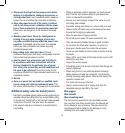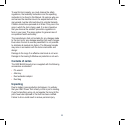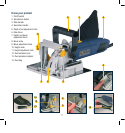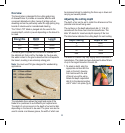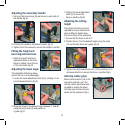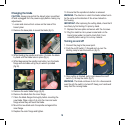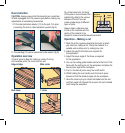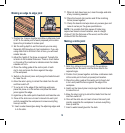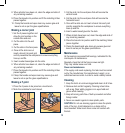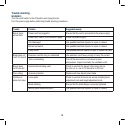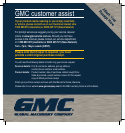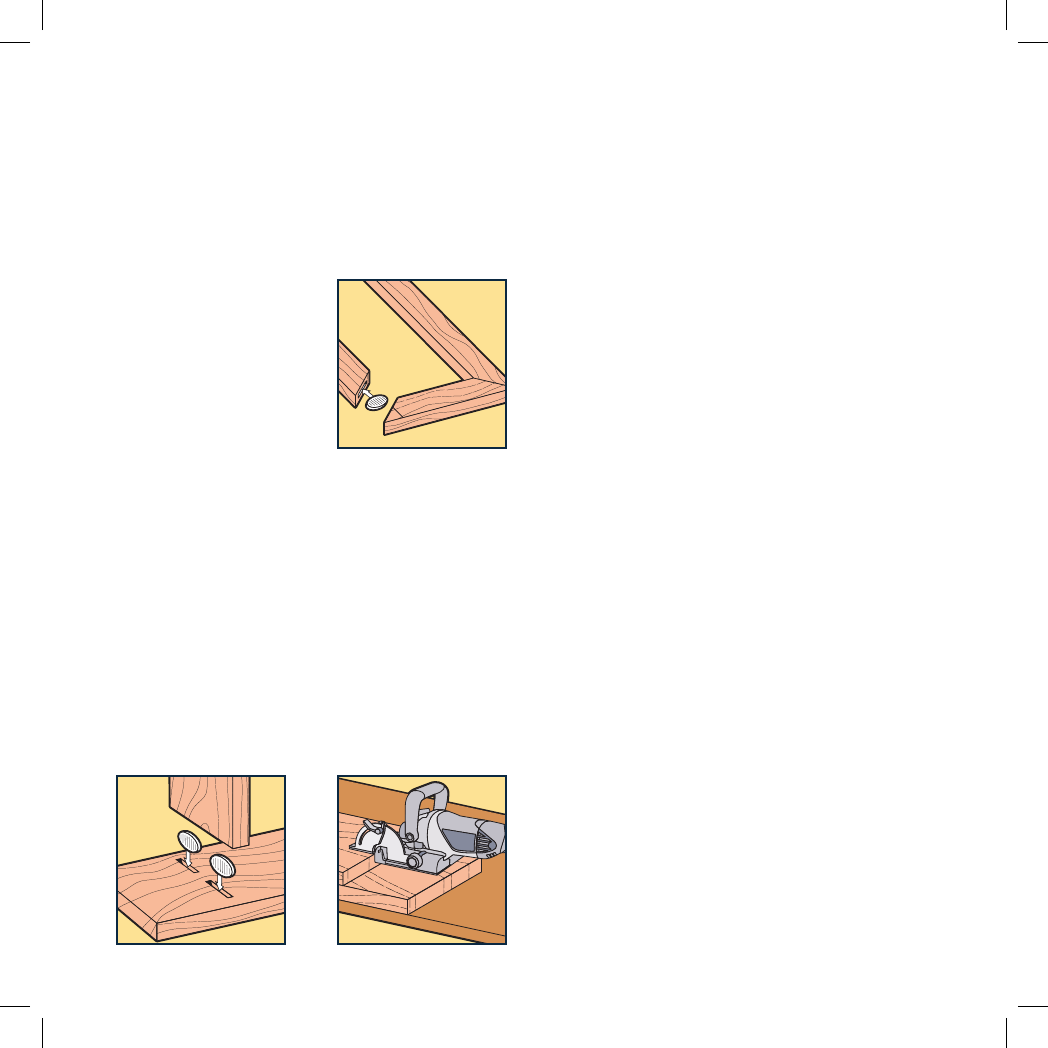
13
8. When all slots have been cut, clean the edge and slots of
any remaining sawdust.
9. Place the biscuits into position and fit the matching timber
pieces together.
10. Clamp the boards and wipe clean any excess glue and
leave to set as per the glues specifications.
Making a corner joint
1. Set the 2 pieces together and
draw the joint centres on the
outside face and end.
2. Cut the slots into the end
piece.
3. Cut the slots in the face piece.
4. Once all the slots are cut
insert a biscuit into each joint
and dry assemble the workpieces to ensure everything
lines up and fits.
5. Insert a water-based glue into the slots.
6. When all slots have been cut, clean the edge and slots of
any remaining sawdust.
7. Place the biscuits into position and fit the matching timber
pieces together.
8. Clamp the boards and wipe clean any excess glue and
leave to set as per the glues specifications.
Making a T-joint
1. Place the 2 pieces to be joined on a level bench.
2. Mark the centreline for each biscuit.
Horizontal BoardHorizontal Board
Clamp.
To cut end slots in
horizontal boards
3. Cut the slots into the workpiece that will become the
vertical board.
4. Cut the slots into the workpiece that will become the
horizontal board
5. Once all the slots are cut insert a biscuit into each joint
and dry assemble the workpieces to ensure everything
lines up and fits.
6. Insert a water-based glue into the slots.
7. When all slots have been cut, clean the edge and slots of
any remaining sawdust.
8. Place the biscuits into position and fit the matching timber
pieces together.
9. Clamp the boards and wipe clean any excess glue and
leave to set as per the glues specifications.
Maintenance
All the bearings are sealed ball bearings, lubricated for life,
and require no maintenance.
Regularly check that all the fixing screws are tight.
They may vibrate loose over time.
Power cord maintenance
If the supply cord needs replacing, the task must be carried
out by the manufacturer, the manufacturer’s agent, or an
authorised service centre in order to avoid a safety hazard.
Cleaning
1. Keep the tool’s air vents unclogged and clean at all times.
2. Remove dust and dirt regularly. Cleaning is best done
with a rag. Wear safety goggles or an eye shield and
gloves whist cleaning.
3. Keep all moving parts free of built up sawdust and other
foreign matter.
4. Never use caustic agents to clean plastic parts.
CAUTION. Do not use cleaning agents to clean the plastic
parts of the tool. A mild detergent on a damp cloth is
recommended. Water must never come into contact with
the tool.
Centreline
mark(s)
Biscuit slot



